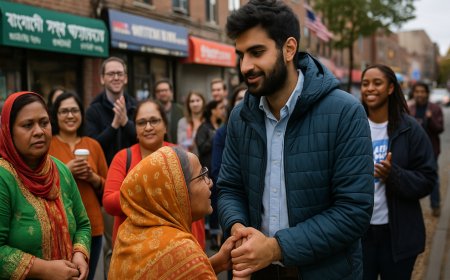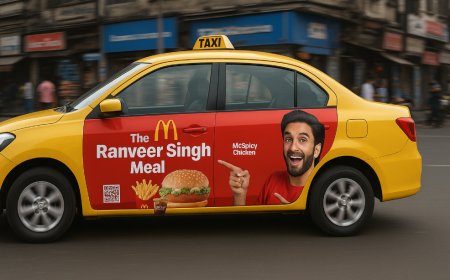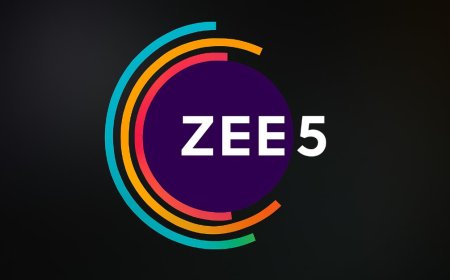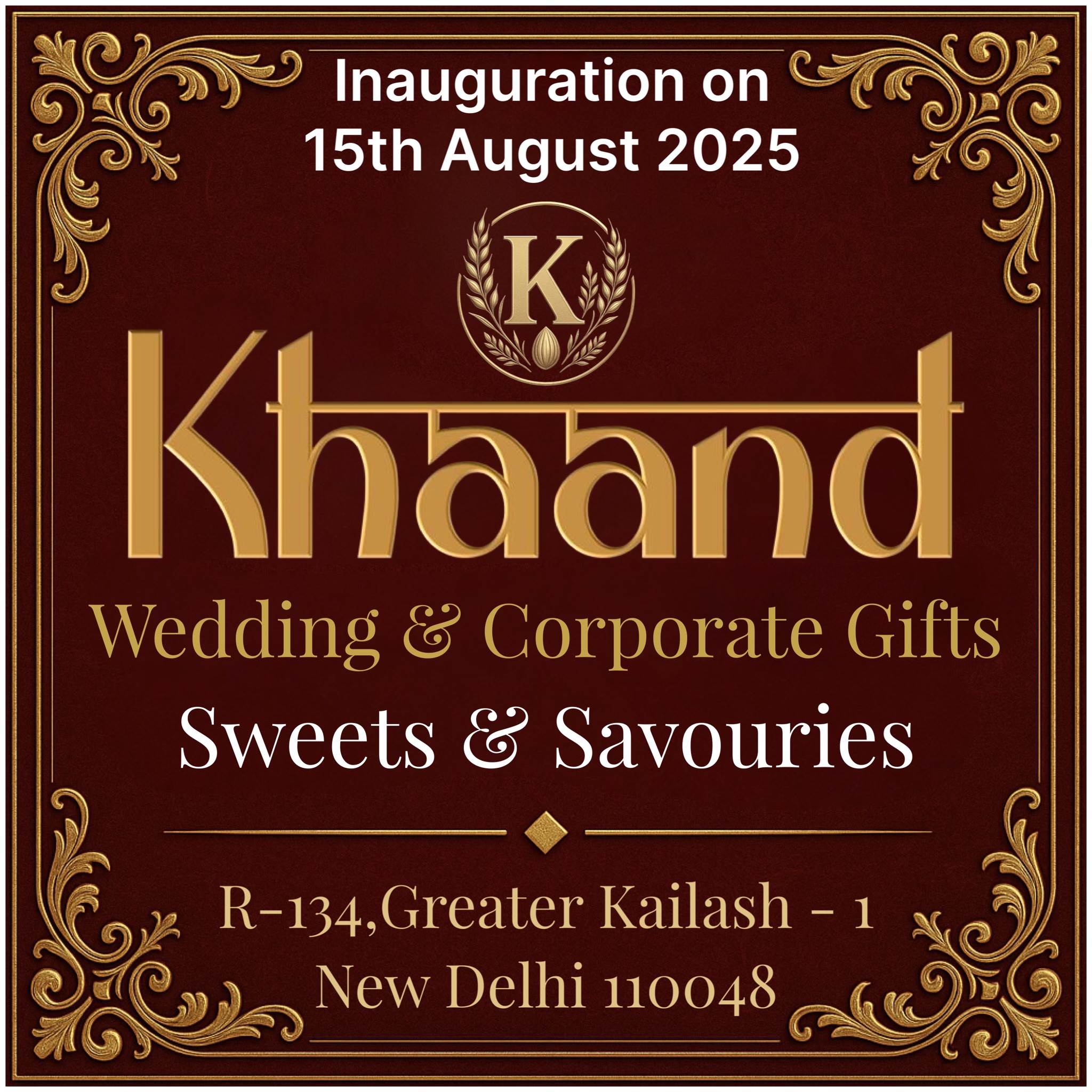When Brands Meet Faith: The Story of Rath Yatra 2025
Explore how Rath Yatra 2025 became a thoughtful blend of faith and branding. Learn how companies added value without overshadowing tradition and what it means for cultural marketing.

Few festivals capture the sheer scale of devotion, tradition, and spectacle like the Rath Yatra in Puri. Every year, this ancient chariot festival draws millions of pilgrims who gather to watch Lord Jagannath, Lord Balabhadra, and Goddess Subhadra make their grand journey from the Jagannath Temple to the Gundicha Temple.
While the spiritual pull remains timeless, the landscape around Rath Yatra has evolved in fascinating ways — and 2025 showcased it like never before. This year, the festival saw an unprecedented blend of faith and brand presence, as companies big and small found ways to respectfully become a part of this massive cultural moment.
So, how did brands and devotion roll together so seamlessly at Rath Yatra 2025? Let’s unpack how the age-old festival offered modern marketers a unique, sensitive, and powerful platform.
A Celebration Rooted in Faith
First, it’s important to remember why Rath Yatra holds such significance. For devotees, pulling the giant wooden chariots is not just a ritual — it’s a once-in-a-lifetime blessing. The sight of the towering raths moving through the streets of Puri is as humbling today as it was centuries ago.
Families plan for months, sometimes years, to make this pilgrimage. The air buzzes with chants, drum beats, and an ocean of people clad in saffron and white. Local markets overflow with flowers, sweets, and devotional souvenirs.
This deep emotional connection means brands can’t simply show up with loud billboards or flashy offers. Any brand that tries to blend in must do so with utmost cultural respect and sensitivity.
How Brands Found Their Place
This year, multiple brands — from FMCG giants to local businesses — discovered thoughtful ways to participate in Rath Yatra without overshadowing its spirit. The key was subtle integration, community service, and a genuine nod to tradition.
Hydration Stations and Free Services
One of the biggest needs during Rath Yatra is relief from the sweltering coastal heat. Big beverage brands stepped in with free water distribution kiosks and electrolyte drink stations. Logos were there, but they were understated — often appearing only on paper cups or banners next to volunteer counters.
These hydration stations became safe spots for pilgrims to rest, refresh, and rejoin the yatra, all while associating the brand with relief and goodwill.
Hygiene and Health Support
Leading health and hygiene brands distributed free sanitary kits, masks, and wet wipes. Some set up temporary medical booths with first-aid staff on standby. With millions of people in one place, the risk of heatstroke and dehydration is real — and these small interventions added genuine value.
Locals appreciated these efforts because they felt less like a marketing ploy and more like a public service. Volunteers wore modest branding, creating an organic association with safety and care.
Eco-Friendly Initiatives
Sustainability also took center stage this year. Brands that manufacture eco-friendly products teamed up with temple committees to spread awareness about reducing plastic waste. Reusable cloth bags, biodegradable cups, and leaf plates were distributed in food stalls along the procession route.
These actions didn’t scream ‘marketing campaign’ — instead, they showed how commercial entities can align with the spiritual importance of purity and cleanliness in a festival setting.
Local Heroes and Hyper-Local Marketing
While national brands did their part, local businesses shone brightest at Rath Yatra 2025. Sweet shops, handicraft stores, and sari sellers extended their hours and decorated storefronts with fresh marigold garlands. Many offered complimentary prasadam to visiting pilgrims.
Some local entrepreneurs gave out small packets of dry snacks or clay water pots with discreet branding. This ensured that pilgrims took a part of the town’s warmth and generosity back home — a reminder of Puri’s unique culture and the businesses that make it thrive.
Technology Makes Devotion Borderless
One fascinating aspect this year was how technology bridged the distance for millions who couldn’t be physically present. Live streams of the chariot procession were sponsored by telecom and tech brands, ensuring smooth broadcasts to every corner of the country — and beyond.
Many families watched the yatra together on smartphones, televisions, or big screens in local community centers. Sponsorship credits appeared at the start and end of streams, but the coverage itself remained reverent and uninterrupted. This helped brands build goodwill without diluting the spiritual experience.
Smart Social Campaigns Without Intrusion
Brands that couldn’t participate on-ground turned to digital storytelling. Many posted respectful, inspiring stories about the festival’s history and significance. Short videos showed artisans building the chariots, local families preparing offerings, or devotees singing hymns.
What made these campaigns work was their tone — rooted in storytelling rather than sales. There were no hard sells or loud taglines. Instead, brands positioned themselves as curators of cultural heritage.
Balancing Commercial Presence with Cultural Sensitivity
Blending brand presence with a centuries-old tradition is not easy. Rath Yatra 2025 showed that it’s possible, but only when brands place respect first. Marketers learned to avoid direct product pushes or overly flashy installations.
Instead, they asked: How can we add value to this sacred experience? The answer often came down to service — water, safety, sanitation, or digital access.
These acts felt like extensions of the community’s own generosity, not a corporate intrusion. This approach turned everyday brand touchpoints — a cup of water, a shade tent, a clean toilet — into moments of relief and gratitude.
Local Communities as Partners
Another big lesson was the importance of local partnerships. Brands that collaborated with temple boards, local authorities, and community leaders saw the best reception. They relied on locals to guide what was appropriate and what was not.
This co-creation ensured that marketing didn’t feel forced or tone-deaf. Instead, it respected the local sentiment while building brand trust at the grassroots.
Challenges and Criticism
Of course, not everything was perfect. Some critics argued that any commercial presence at a festival as sacred as Rath Yatra can feel exploitative if not done with care.
A few brands learned the hard way when their loud displays drew public ire. Overly branded stalls or irrelevant product flyers were quickly criticized on social media. This highlighted a key point: the line between thoughtful participation and inappropriate promotion is thin — and missteps can backfire fast.
A Model for Cultural Marketing
What Rath Yatra 2025 ultimately taught marketers is this: India’s festivals are powerful cultural touchpoints, but they demand humility and genuine intent. Done right, a brand becomes a facilitator — offering help where it’s needed most. Done wrong, it can feel opportunistic and disrespectful.
The brands that succeeded this year were those that treated devotees not just as consumers, but as communities. They didn’t just advertise — they served.
Looking Ahead: The Road Beyond Rath Yatra
The blend of devotion and branding at Rath Yatra could set a blueprint for other Indian festivals too. Whether it’s Kumbh Mela, Durga Puja, or Ganesh Chaturthi, brands can learn that cultural relevance and community benefit must come before catchy slogans.
What's Your Reaction?
 Like
0
Like
0
 Dislike
0
Dislike
0
 Love
0
Love
0
 Funny
0
Funny
0
 Angry
0
Angry
0
 Sad
0
Sad
0
 Wow
0
Wow
0












































